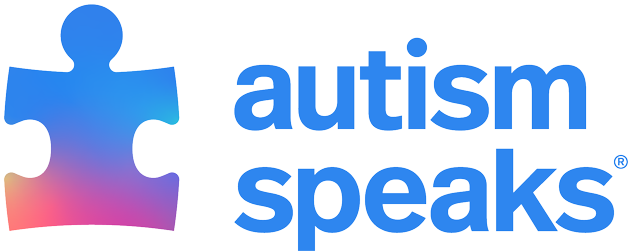Search
Pivotal Response Treatment (PRT)… Response Treatment? Pivotal Response Treatment, or PRT, is a behavioral treatment for autism. This therapy is play-based and initiated by the child. PRT is based on the principles of Applied Behavior Analysis (ABA). Goals of this approach include: Development of communication and language skills Increasing positive social behaviors Relief from disruptive self-stimulatory behaviors The … behavior and learning. Pivotal areas include: Motivation Response to multiple cues Self-management Initiation of social interactions Motivation strategies are an important part of the PRT approach. These emphasize natural reinforcement. For …
Floortime… children with autism. The intervention is called Floortime because the parent gets down on the floor with the child to play and interact with the child at their level. Floortime is an alternative to ABA and is sometimes used in combination with ABA therapies. The goal is for adults to help children expand their “circles of communication.” They meet the child at their developmental level and build on their strengths. Therapists and parents engage … Emotional ideas Emotional thinking Therapists teach parents how to direct their children into more and more complex interactions. This process, called “opening and closing circles of communication,” is central to the Floortime approach. …
My child is nonverbal. Anything new that might help him communicate better?… The answer below comes from speech-language pathologists Cynthia Green, Kameron Beaulieu, and Jill Dolata of the Autism Speaks Autism Treatment Network (ATN). Their ATN work at the Oregon Health & Science … and Rehabilitation Center involves individualized parent training using a 24-week program that improves children’s social communication skills. My child is nonverbal. Anything new that might help him communicate better? Today, parents and … when they prefer to play by themselves, engage in self-stimulating behaviors or have difficulty sustaining interactions. Autism nonverbal communication programs There are several programs designed to initiate positive interactions …
Teaching nonverbal autistic children to talk… by Autism Speaks's first chief science officer, Geri Dawson, who is now director of the Duke University Center for Autism and Brain Development; and clinical psychologist Lauren Elder. Researchers published the hopeful findings that, even after … that promote social interaction. Examples include singing, reciting nursery rhymes and gentle roughhousing. During your interactions, position yourself in front of your child and close to eye level – so it’s easier for your child to see and … you roll a car. If he or she crashes the car, you crash yours too. But don’t imitate throwing the car! Focus on nonverbal communication. Gestures and eye contact can build a foundation for language. Encourage your child by modeling and responding …
Joint attention and autism… with us, but we don’t know how. When I point to something, he pays no attention. He rarely points to show me something, and when he does point, he doesn’t look at me when he does it. Joint attention and autism This is a question I often hear in … The child might also make sounds or say a few words that show interest. So, what happens when a child lacks these social communication behaviors? Where do you start? Combining professional intervention and parent support The good news is that … joint attention. Share focus: Playing with a toy can be a starting point for you and your child to enjoy and share interactions. For example, while you and your son are playing with toy trucks, you can imitate how he pushes a truck back …
Applied Behavior Analysis (ABA)… What is Applied Behavior Analysis? Applied Behavior Analysis (ABA) is a therapy based on the science of learning and behavior. Behavior analysis helps us to understand: How behavior works How behavior is affected by the environment How … helpful and decrease behaviors that are harmful or affect learning. ABA therapy programs can help: Increase language and communication skills Improve attention, focus, social skills, memory, and academics Decrease problem behaviors The methods … reinforcement for demonstrating useful skills and socially appropriate behaviors. The emphasis is on positive social interactions and enjoyable learning. The learner receives no reinforcement for behaviors that pose harm or prevent learning. …
